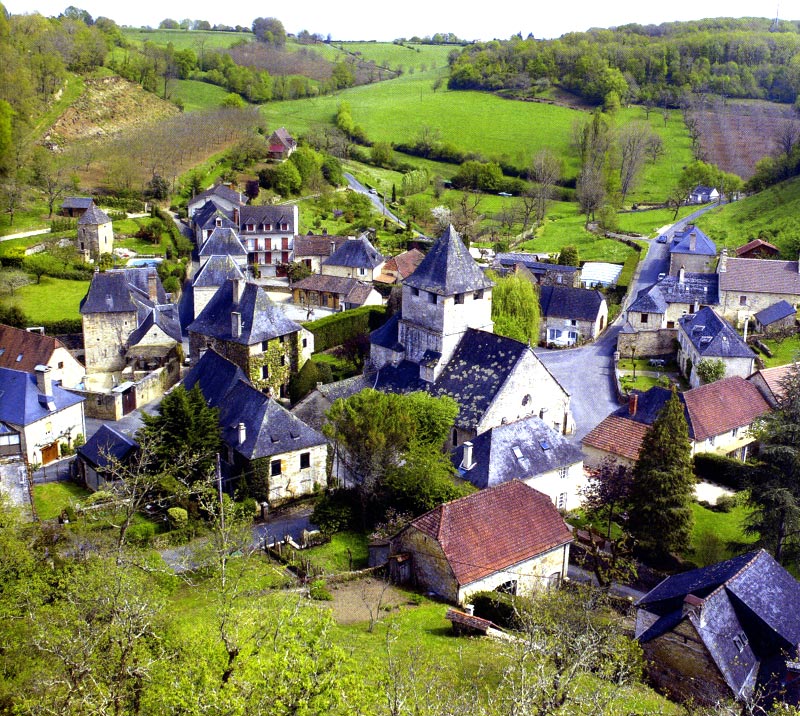It takes a village to keep a person of old age in the community and keep them safe. Part of today’s village in the San Francisco Bay Area is an array of service agencies without whom the wheels would stop. Yet these agencies and the services they offer are confusing and fractured, difficult to access and to understand both by interested seniors and their advocates. Jessica Lehman introduced The Social Safety Net Initiative at the last AHWGO meeting. This is a Bay Area project with the goal to connect senior service providers, the official ones like service agencies and the non official ones like emergency providers (police and fire fighters). For now the goal is to encourage agencies to share resources and recognize the non official providers as members of the community that provides senior services. In the long run the goal is to encourage agencies to collaborate rather than compete, share resources and offer training. Even though the Bay Area is a close conglomerate of cities, these cities seem to be far apart when it comes to knowledge transfer and collaboration for senior services.
Yet the village has many other ‘players’. In addition to non profits there are for profit companies that provide services to seniors at home. Then there are non-profits that are membership groups that incorporate the idea of self help such as the ‘village’ model (examples are Ashby Village in Berkeley or San Francisco Village), or self development groups where people come together to design their environment, both physically and socially as they move toward old age.
And then there are of course the organizations that provide services to the community but not specifically to seniors but are called upon to do just that every day. These are the emergency responders. They are often called by an old person who is lonely. Fire fighters and police are what people think of when they need help, both physically and emotionally. They are available to anybody, universally – without knowledge, without membership.
Universal design for architects and product designers means environments and products that work for everyone. How could universally designed services be defined? Universally designed services are centered on the human being. They should be available for everyone, easy to access without special knowledge and centered on a humanistic approach to service not only an institutional one. Universally designed services centered on the human being mean integrated, cross disciplinary solutions that take into consideration the physical, spatial, social and emotional needs of a human being. Not all service can be universally designed but there has to be a sizable core for a sizable population.
We live in a complicated world that needs such easily recognizable resources. The 211 number is an effort in this direction. It has been established to connect people with health and human services, to help people find help.
Then they are ‘universal’ services for specific groups, such as On Lok in San Francisco. This is ‘one stop’ shopping for the needs of seniors, from health care to transportation to emotional connections.
The current momentum to improve services for an aging population will hopefully spur collaborations, make access to services easier, group services for easy access and inspire organizations to look beyond their boundaries and ‘link up’ with other providers in a meaningful way. This can only work if funding sources also recognize and further universal design.
